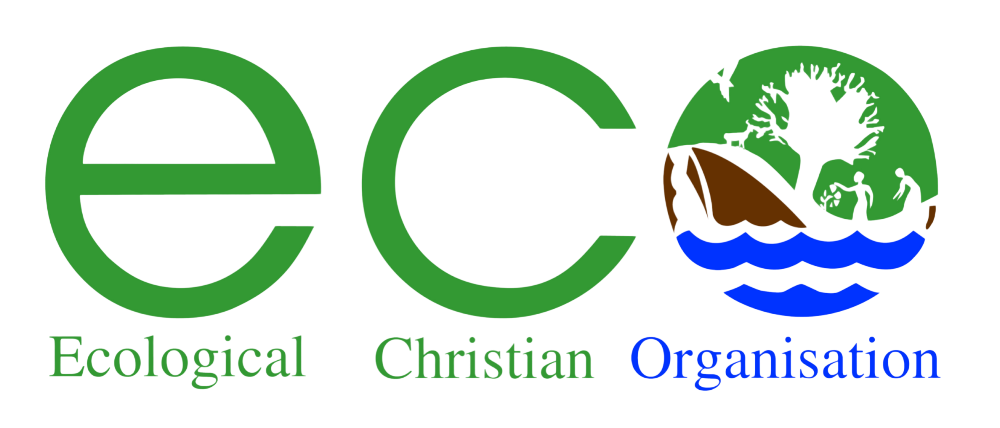OPINION: Climate Change Poses Insecurity, Conflict Threat in Karamoja and Neighboring Regions
OPINION: Climate Change Poses Insecurity, Conflict Threat in Karamoja and Neighboring Regions

Phillo Aryatwijuka
The threat climate change poses to insecurity, conflict and communities’ livelihood is more real than ever for a country where over 80% of the population is totally dependent on agriculture as their source of livelihood and the other 20% also dependent on the latter for affordable food and livestock supplies.
Our economy is also being threatened since to date agriculture remains the biggest contributor to the country’s GDP.
In Karamoja’s case one of the most vulnerable regions to climate change, the situation is not any better with the prolonged dry spell and subsequent entry of over 3000 Turkana and Toposa pastoralists from Kenya and South Sudan respectively in Kaabong District coming with over 50,000 livestock in search of water and pasture.
Considering that Karamoja region is already strained with scarce water resources and pasture, how do we expect resource conflicts not to arise from these massive movements?
What is surprising is that for a region that’s already constrained with evident climate change effects like prolonged drought, other pastoralists from Sudan and Kenya are finding it a much better place. Are the host districts prepared to manage this pressure from incoming nomads incase the dry spell persists?
On the other hand it should be noted that the Karamojong pastoralists have also moved into the Sebei, Teso and Lango region into districts like Kween, Katakwi and Otuke.
Already there is discontent among the Lango leaders on the Karamajong pastoralists entry into their region with allegations of food theft and fear of cattle rustling.
All these scenarios clearly reflect that the pastoralist way of life is bound to escalate resource conflicts evidenced by continuous resistance from host communities across the regions which are already constrained with food insecurity issues due to climate change coupled with the fear of grazing on the little pasture and use of the scarce water by the intruding pastoralists.
This is a clear reflection that the nomad way of life which is a source of livelihood for the Karamojong is slowly going into extinction.
Again what if the dry spell persists and the little remaining pasture and water are completely strained in Karamoja, do we expect the Turkana and Sudanese nomads to stay in Kaabong and Moroto districts?
The answer may be NO since there is no other way of life other than pastoralism for them. As such these nomads might move further into greener belts of Karamoja like Nakapiripirit and Napak districts and possibly further into Teso, Sebei and Lango causing more resource conflicts with the host communities.
Moving forward for the Ugandan government to solve transboundary resource sharing conflicts there is need to come out clearly and work with the Kenyan and Sudanese governments to address issues of climate adaptation for these communities to avoid these climate change triggered movements.
On the part of Uganda there is an urgent need to earmark sufficient resources for adaptation, incorporating climate change mitigation and adaptation into district planning, investing in efficient metrological stations and research on climate.
Key for Karamoja is providing access to water for production for agriculture through irrigation that can enable growing of animal pasture, farming throughout the year thus food security, reduction of cattle herds and promoting modern farming like Zero grazing.
The writer is a Program Officer, Ecological Christian Organization (ECO)
